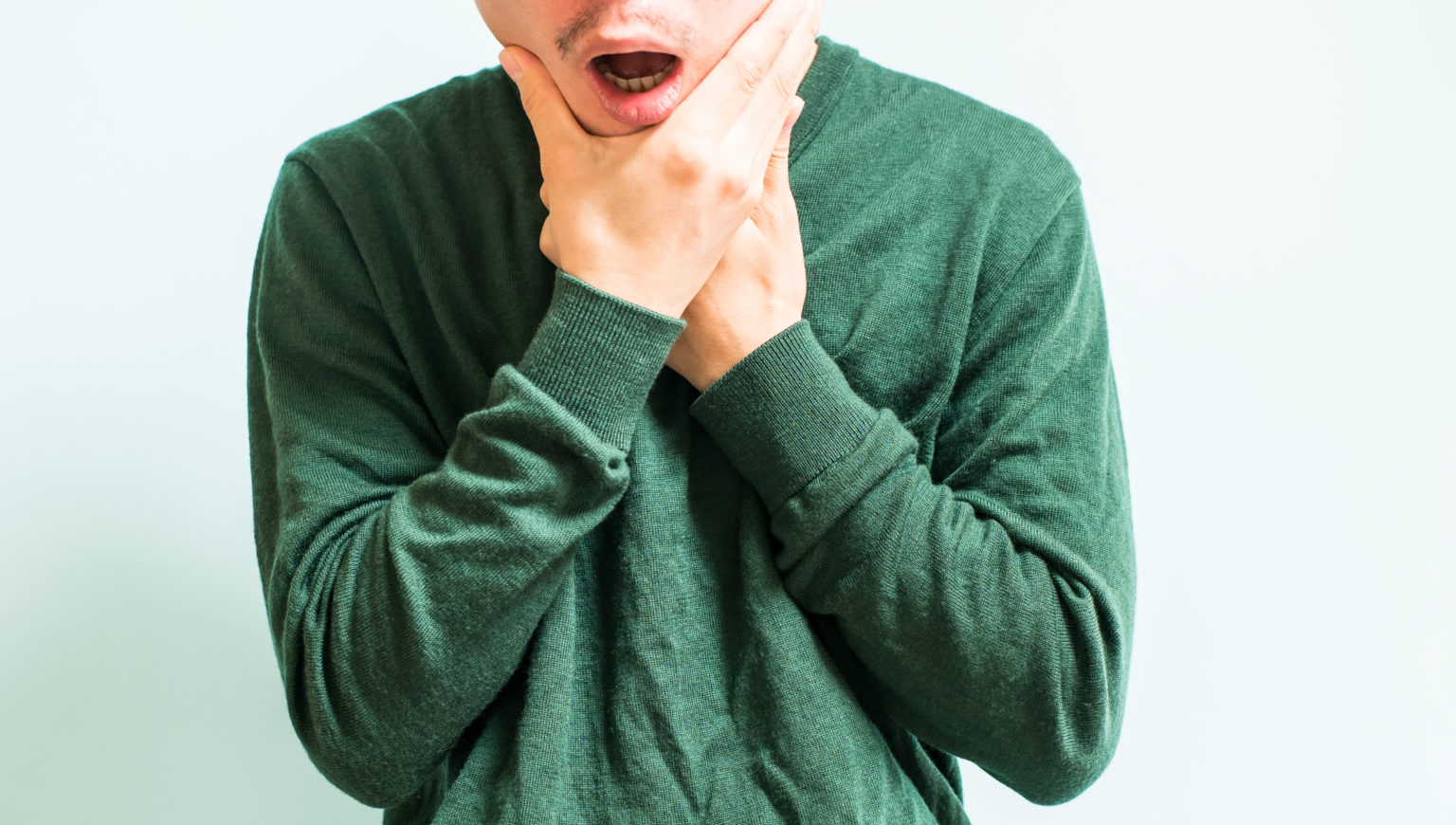
There are many different types of temporomandibular (TMJ) disorders, so the best mouth guard for TMJ pain depends on your underlying condition. There are two major sources of TMJ pain; the joint itself and the surrounding muscles. It’s important to know the difference, because the choice for the best TMJ mouth guard is different between the two.
Also important is whether your pain is new (acute) or if it’s constant baseline pain (chronic).
Here we review the sources of TMJ pain, the difference between acute and chronic pain, and the different types of mouth guards for TMJ pain. With all of this, you should be able to better understand which device may be the best TMJ mouth guard for you.
When people say, “I have TMJ”, they could be referring to any one of 30 different identified temporomandibular disorders (TMDs). This can make things confusing for medical professionals and patients alike. One way to simplify this is to determine if the source of pain is the joint itself or the surrounding muscles. Of course, these types of pain can overlap and occur together, and you may need a dental professional to help sort this out.
This is a simplification of a very complicated subject, but it’s an important basic distinction in the choice of the best mouthguard for TMJ pain.
Not all TMDs occur with pain, but when there is pain, it’s important to distinguish between acute and chronic pain when choosing a mouth guard. Why is this distinction important? Because it’s critical to treat acute TMJ pain to prevent it from developing into a chronic pain disorder (or from making an existing disorder worse). Here are some common causes of acute TMJ pain:
Chronic TMJ pain is the steady baseline pain of TMDs. Chronic TMJ pain has been likened to “non-specific low back pain”.
Acute TMJ pain needs to be taken seriously because it is a risk factor for developing a chronic pain disorder. “Acute pain usually starts with injury to the musculoskeletal structures of the jaw. When it persists, however, the pain can expand to include “neuropathic” pathways, which then causes a self-perpetuating dysfunction of neural pain pathways. This dysfunction can persist even after the initial jaw injury has resolved”, explains Bradley Eli, DMD, MS, a specialist in orofacial pain and TMJ disorders.
Importantly, the best mouthguard for acute pain may be different than those designed for chronic TMJ pain, because the medical objectives are different.
If you have an acute injury, a short-term mouth guard may be all that is required to reduce inflammation and heal. If however your condition does not improve after wearing a short-term device, you need professional evaluation and a diagnosis that is specific to your condition and your medical history.
Now let’s discuss the different types of TMJ mouth guards, typically called “splints”. The goal of oral splint therapy is to establish harmony between the joint, muscles and nerves. They promote relaxation of the jaw muscles, healthy repositioning of the joint, and force unloading. Here are three important distinctions between different splint designs:
Determination of the best mouth guard for TMJ pain depends on whether the pain is acute or chronic and what your underlying condition is.
Acute: The best mouth guard for acute TMJ pain is often an anterior bite guard. An anterior bite guard, also called an anterior deprogrammer, will best facilitate muscle relaxation and reduce stress from the joint. Temporary anterior bite guards like the QuickSplint® are available immediately, or are custom made by a dentist (fabricated by a dental lab) and are typically worn for a few weeks to promote healing. Prompt treatment of acute jaw pain is a high priority.
Chronic: The best mouth guard for chronic TMJ pain depends on if the pain is from the jaw joints or from the muscles. A repositioning splint is typically best for cases of joint derangement. A stabilization splint is usually indicated for chronic muscle TMJ pain.
Long-term splints require a dental evaluation and follow-up appointments, a mold of your teeth, and are typically more costly because of the professional services and expertise (in the $500-$2000 range). It should be noted that not all general dentists are trained to provide mouthguards for TMJ disorders. Depending on the severity of your condition, you should find a dentist trained in “splint therapy” for TMJ disorders, or consult with an orofacial pain specialist.
If you are experiencing acute TMJ pain, using a multimodal approach is the most effective way to achieve pain relief. The Speed2Treat® Home Healing Kit was designed to provide a comprehensive treatment plan that you can start immediately in the comfort of your own home.
The Home Healing Kit includes the QuickSplint® custom anterior bite nightguard. You can make the QuickSplint® right away at home; no waiting, no appointments, and no major expenses. Also included are a flexible neoprene jaw wrap with hot and cold packs, a pain tracking worksheet, instructions for gentle physical therapy exercises, and access to educational videos that walk you through self-directed pain management techniques.
Don’t let acute jaw pain become a chronic pain disorder. Start your journey towards jaw pain relief today with the Speed2Treat® Home Healing Kit!
